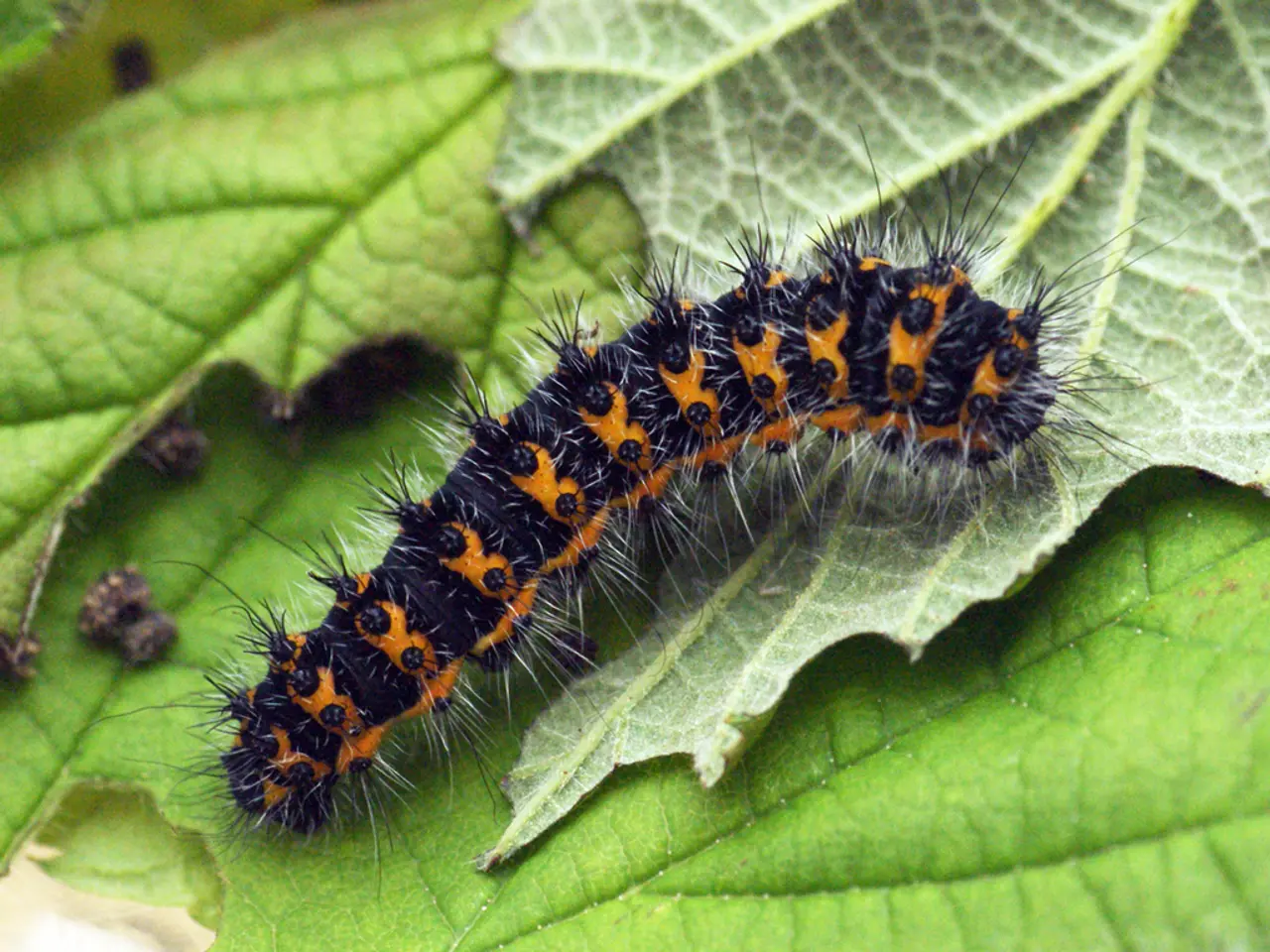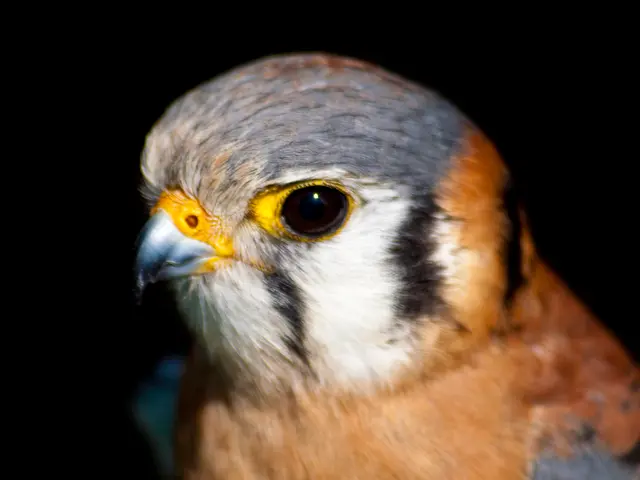Bonsai Pest Management: Preserving Greenery from Insect Infestations
Caterpillars, small and seemingly harmless, can pose a significant threat to the health of bonsai trees. These pests can cause defoliation and damage, leading to stunted growth and potential death of the tree. However, with the right strategies, caterpillar infestations can be effectively controlled.
Manual removal is an effective method for small infestations. Wearing gloves, pick off caterpillars by hand as soon as they are noticed. This prompt action prevents further damage and helps keep your bonsai healthy. For larger infestations, consider using Bacillus thuringiensis (Bt), a natural bacterium that specifically targets caterpillars without harming the plant or other beneficial insects.
Regular monitoring is crucial for early detection of caterpillars or eggs, especially if you've noticed butterflies like the Black Swallowtail laying eggs nearby. Early detection allows prompt action before heavy infestation. Maintaining the health of your bonsai through proper watering, feeding, and pruning also helps prevent pest attacks and promotes faster recovery after damage.
Organic sprays like insecticidal soaps or neem oil can be used cautiously on bonsai to control various pests, including caterpillars. However, Bt is preferred due to its caterpillar-specific action.
Creating a diverse and layered landscape with varying heights and textures can mimic natural habitats and encourage bird visits. Encouraging ladybugs, lacewings, and parasitic wasps by planting a diverse range of flowers and herbs nearby provides an effective and environmentally friendly means of controlling caterpillar populations.
Avoiding the use of pesticides can help preserve the presence of birds and other beneficial insects in your bonsai garden. Incorporating companion plants with natural pest-repellent properties, like basil and mint, can deter caterpillars from infesting bonsai trees. Enveloping vulnerable bonsai in fine-mesh insect netting can provide a physical barrier that prevents caterpillars from reaching the trees.
Understanding caterpillar life cycles is essential for bonsai enthusiasts, as it enables them to anticipate and prepare for potential infestations. Caterpillars have a four-stage life cycle: egg, larva, pupa, and adult. Common caterpillar species on bonsai trees include the Tobacco Hornworm, Tomato Hornworm, Hickory Horned Devil, Cabbage Looper, Gypsy Moth, Tent Caterpillar, and Io Moth.
By combining manual removal with targeted biological treatments like Bt and consistent monitoring, you can control caterpillar infestations effectively and keep your bonsai tree healthy and thriving. Offering bird-friendly treats, such as suet or sunflower seeds, can attract a variety of bird species to your bonsai garden, further aiding in the control of caterpillar populations.
Incorporating ladybug-friendly plants, such as marigolds, cosmos, and dill, into your bonsai environment can attract ladybugs, which are natural predators of caterpillars. Attracting natural predators, such as birds and ladybugs, can further suppress caterpillar populations, creating a balanced ecosystem that promotes the health of your bonsai.
- To maintain a healthy bonsai lifestyle, regular monitoring is crucial for early detection of caterpillars, especially near areas where Black Swallowtail butterflies lay eggs.
- For those who prefer organic methods, insecticidal soaps or neem oil can be used cautiously for pest control, but Bacillus thuringiensis (Bt) is preferred due to its specific caterpillar targeting.
- In terms of fashion-and-beauty, cultivating a diverse and layered landscape can attract birds and beneficial insects like ladybugs, lacewings, and parasitic wasps, forming an eco-friendly barrier against caterpillars.
- When planning a home-and-garden environment, incorporating companion plants like basil and mint can deter caterpillars, while enveloping vulnerable bonsai in fine-mesh insect netting provides a physical barrier.
- By understanding caterpillar life cycles, bonsai enthusiasts can anticipate and prepare for potential infestations, and by attracting natural predators such as birds and ladybugs, they create a balanced ecosystem that promotes relationships between species and the overall health and growth of their bonsai.




